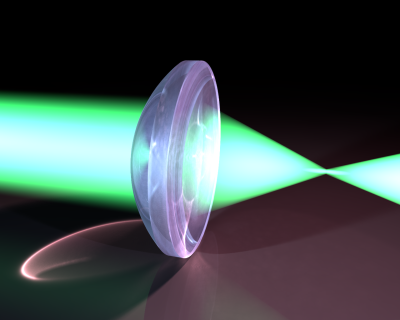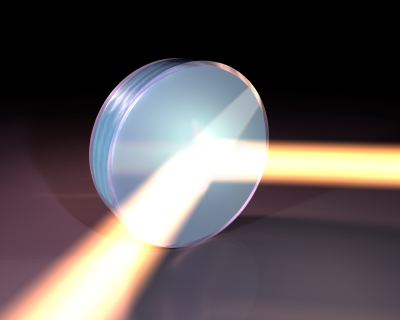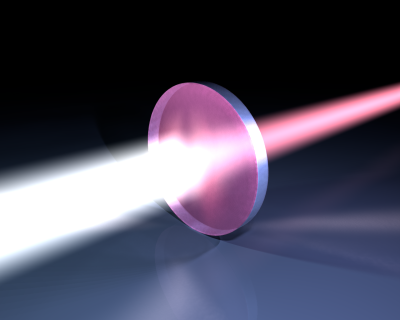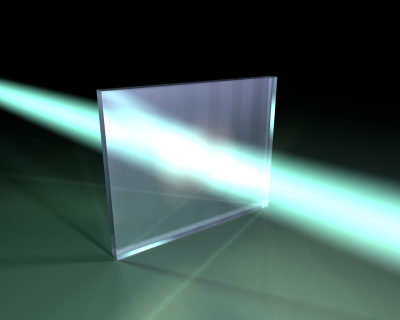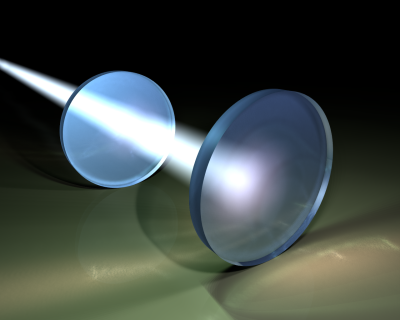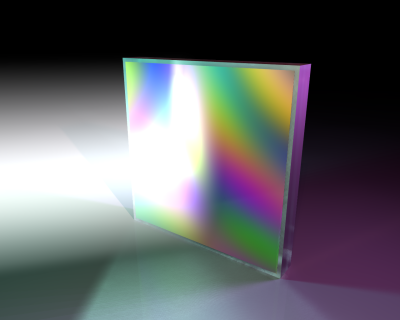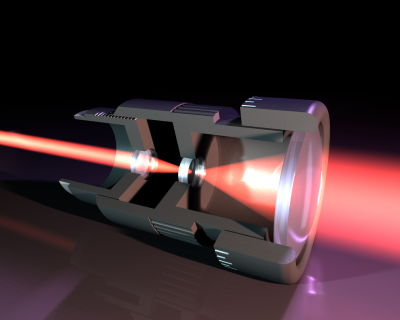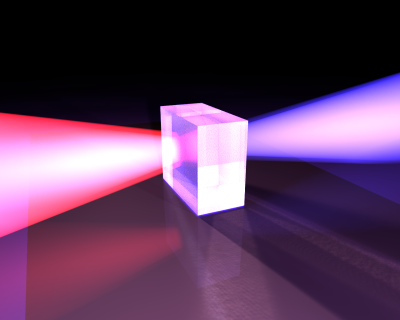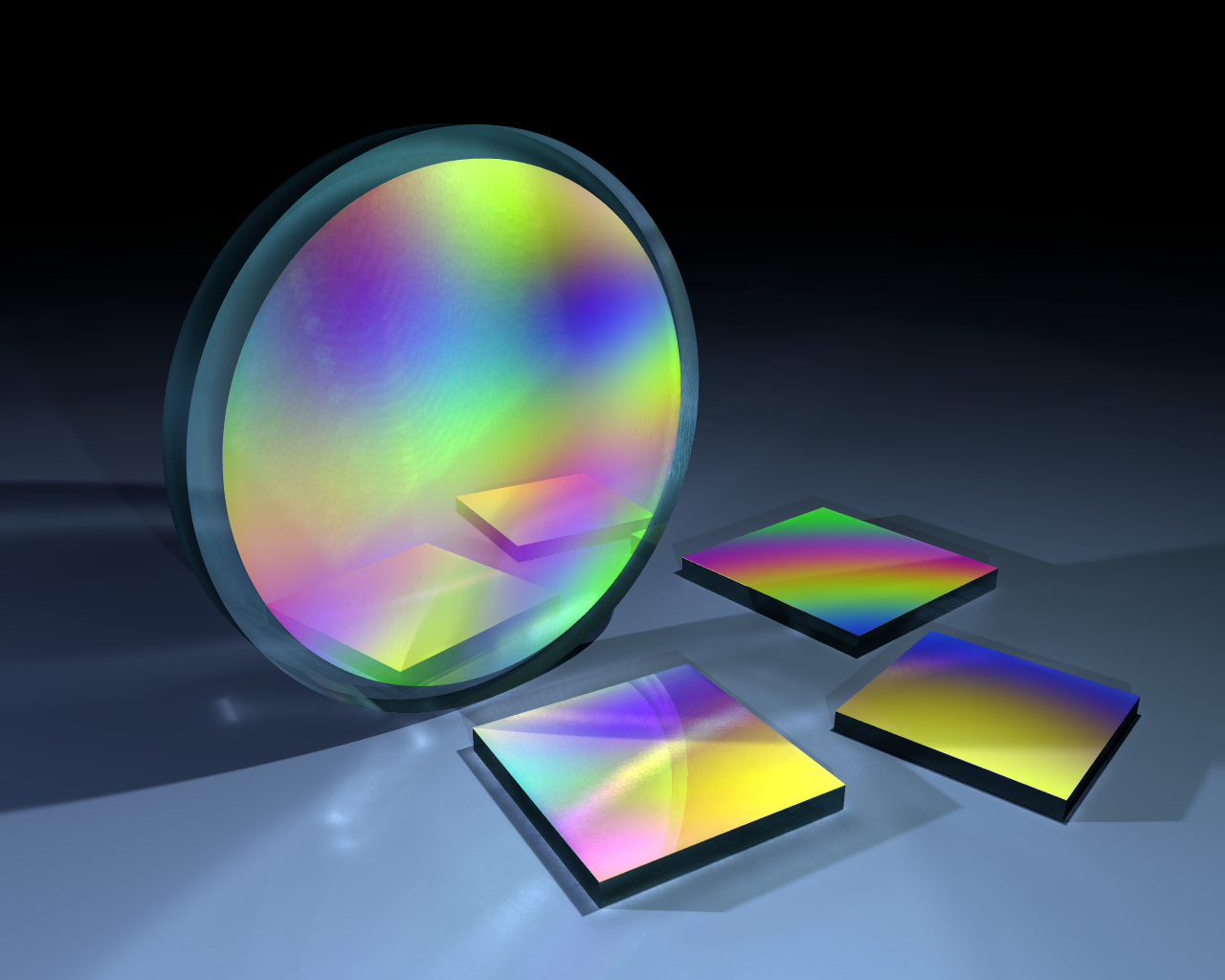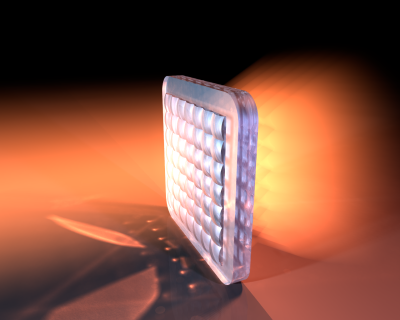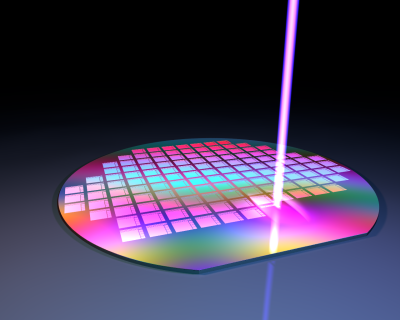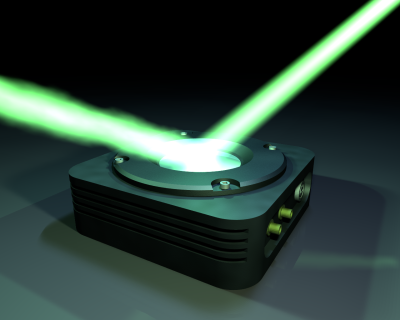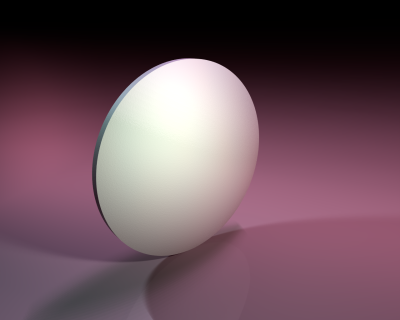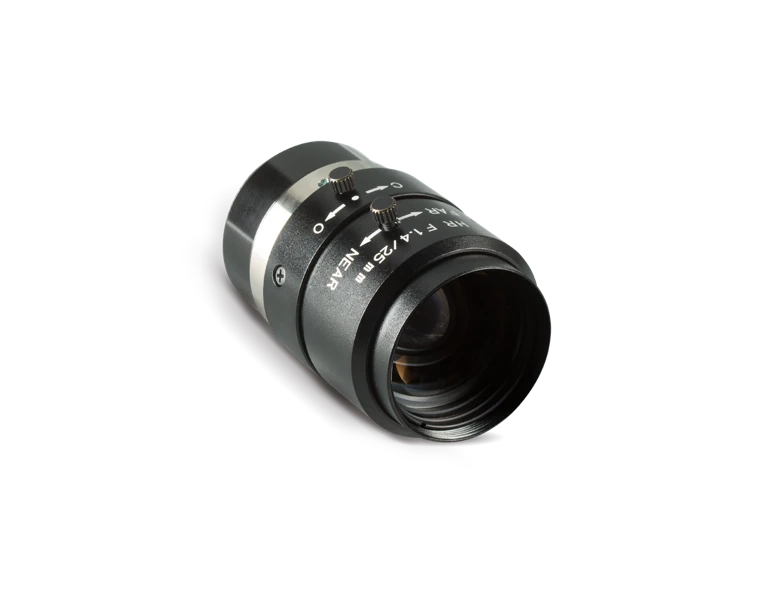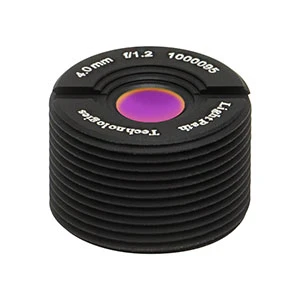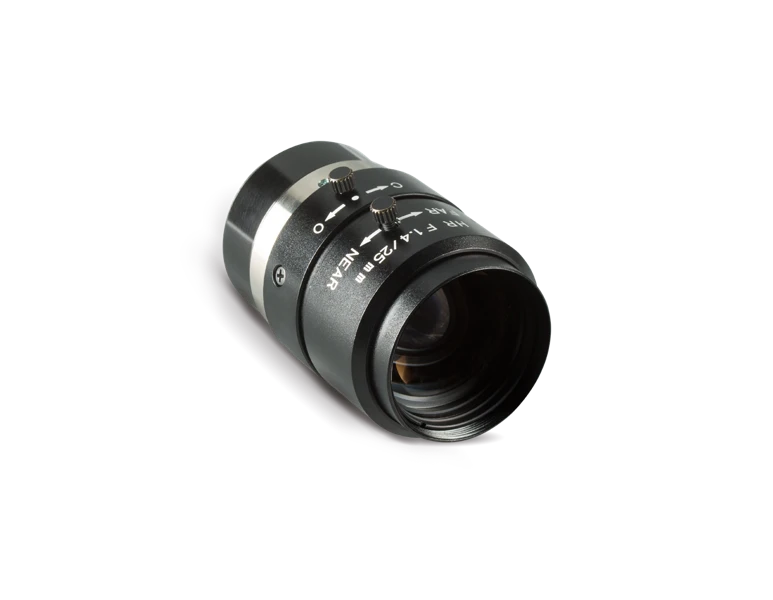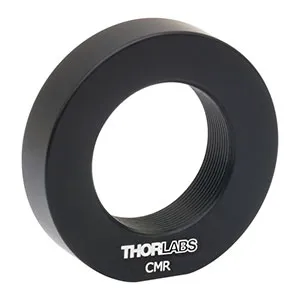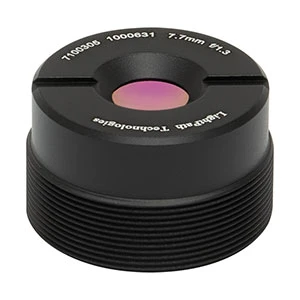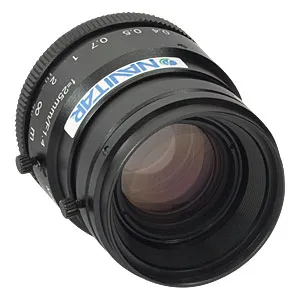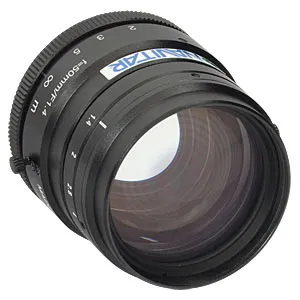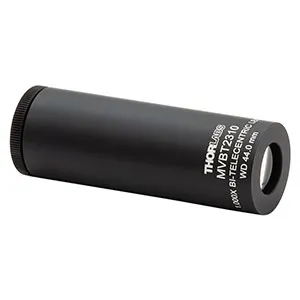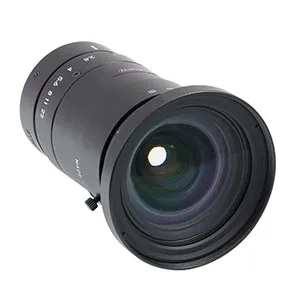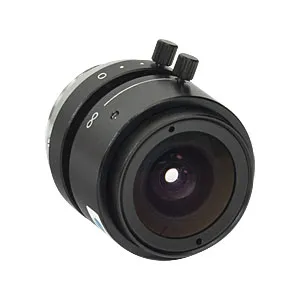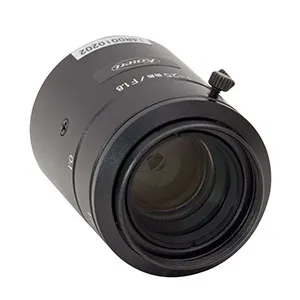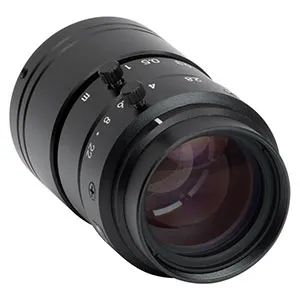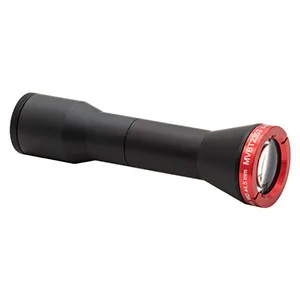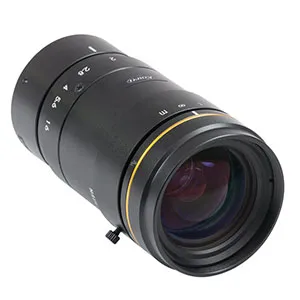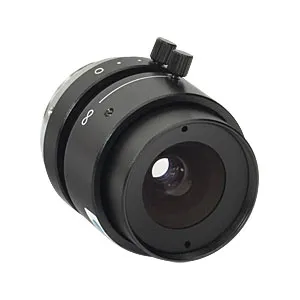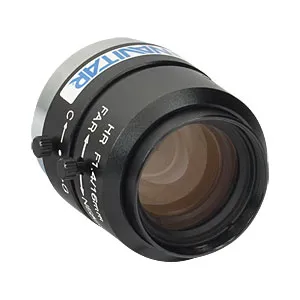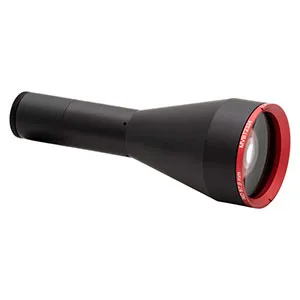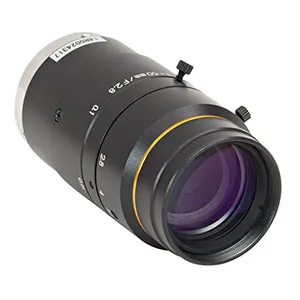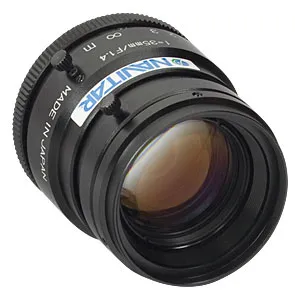Menu
- Home
- Login
- Products
- Optics
- Lasers & Light Sources
- Optomechanics
- Fiber Optics
- Detection Devices
- Electro-Optics & Electronics
- Machines
- Imaging & Microscopy
- Design Software
- Raw materials
- Photonic Integrated Circuits
- Custom Suppliers
- Company
- Resources
- OpticsLasers & Light SourcesOptomechanicsFiber OpticsDetection DevicesElectro-Optics & ElectronicsMachinesImaging & MicroscopyDesign SoftwareRaw materialsPhotonic Integrated Circuits
- Custom Suppliers
Notifications
Mark all as read
We have a new categorization for Photonic Integrated Circuits. Find all the products from trusted suppliers.
1d
Introducing Yalosys Ltd! Explore their laser microprocessing solutions on our website.
1d
Epiphany has joined our supplier lineup. Check out their photonic design solutions.
1d
New manufacturer announcement: Get to know Light Trace Photonics and their latest product offerings.
1d
Welcome aboard VLC Photonics! Find their design and manufacturing solutions now featured on MEETOPTICS.
1d
Introducing OPTOKON! Explore their products on our website.
3w
Take a look at the new product guide on Laser Power & Energy Meters.
3w
Welcome aboard INNOCISE! Find their catalog products now featured on MEETOPTICS.
4w
Specim has joined our supplier lineup. Check out their catalog products.
5w
New manufacturer announcement: Get to know SILENTSYS and their latest product offerings.
5w
Introducing Chilas! Explore their products on our website.
5w
- Your cart is empty. Please add some items.
Objectives
- Home
- Optics
- Optical Assemblies
- Objectives
Objectives
Optical systems that produce images with minimal chromatic and field aberration. Those images are further magnified with an ocular lens.
Product | Magnification | Numerical Aperture | Working Distance | Availability | Price (USD) | Go to Supplier | Add to Cart |
|---|---|---|---|---|---|---|---|
- | - | 500 mm | Contact Supplier | $ 496.00 | |||
| |||||||
- | - | 5.33 mm | In stock | $ 98.80 | |||
| |||||||
- | - | 1000 mm | Contact Supplier | $ 496.00 | |||
| |||||||
- | - | - | In stock | $ 33.80 | |||
| |||||||
- | - | 10.06 mm | In stock | $ 181.14 | |||
| |||||||
- | - | 300 mm (11.8") | In stock | $ 500.12 | |||
| |||||||
- | - | 500 mm (19.7") | 2 weeks | $ 541.69 | |||
| |||||||
1 (±1%) | - | 44 mm | In stock | $ 1275.00 | |||
| |||||||
- | - | 100 mm (3.9") | In stock | $ 1811.60 | |||
| |||||||
- | - | 500 mm (19.7") | In stock | $ 1033.49 | |||
| |||||||
- | - | 200 mm (7.9") | In stock | $ 209.08 | |||
| |||||||
- | - | 100 mm (3.9") | In stock | $ 1057.25 | |||
| |||||||
- | - | 200 mm (7.9") | In stock | $ 232.84 | |||
| |||||||
0.528 (±1%) | - | 44.5 mm | In stock | $ 1825.00 | |||
| |||||||
- | - | 150 mm (5.9") | In stock | $ 1519.35 | |||
| |||||||
- | - | 200 mm (7.9") | In stock | $ 178.19 | |||
| |||||||
- | - | 200 mm (7.9") | In stock | $ 232.84 | |||
| |||||||
0.243 (±1%) | - | 97.9 mm | In stock | $ 2900.00 | |||
| |||||||
- | - | 100 mm (3.9") | In stock | $ 1057.25 | |||
| |||||||
- | - | 300 mm (11.8") | In stock | $ 500.12 | |||
|
Still searching? Discover custom suppliers.
- Top-Hat Beam Shaper (radial)
- Top-Hat Beam Shaper (square)
- Top-Hat Beam Shaper (line)
- Airy Beam Shaper
- Light Tunnel Generator
- Microlens Top-Hat Beam Shaper (square)
- Ring-Spot Generator
- Diffractive Beam Shaper
- Bessel Beam Generator
- Microlens Top-Hat Beam Shaper (line)
- Microlens Top-Hat Off-Axis Beam Shaper
- Ring Generator
UPC Campus Nord, Espai Emprèn
C. Jordi Girona 1-3, C3 S1
08034, Barcelona
info@meetoptics.com

